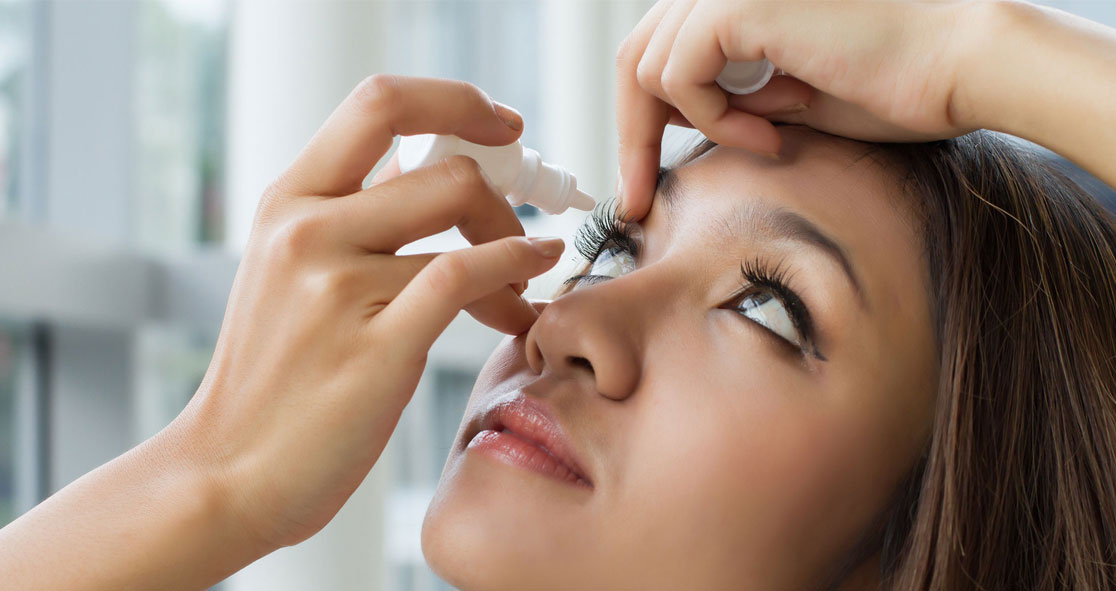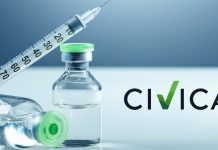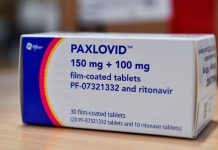Glaucoma is a group of eye conditions that damage the optic nerve, the health of which is vital for good vision, according to Mayo Clinic. And this damage is often caused by abnormally high pressure in your eye, also called high intraocular pressure (IOP).
Glaucoma is a leading cause of blindness for people aged 60 and above. Most forms of glaucoma have no warning signs. The condition is generally diagnosed in its advanced stage, making treatment difficult.
Treating glaucoma requires managing the only modifiable risk factor – IOP. Doctors have numerous first-line treatment options that are also available in generics, such as:
- Prostaglandin analogues
- Beta-blockers
- Alpha agonists
- Carbonic anhydrase inhibitors
- Rho-kinase inhibitors
But are generic topical applications for glaucoma equal to brand-name ones? The Food and Drug Administration (FDA) defines generic drugs as medications created by combining the same ingredients as an existing, approved, brand-name drug. It says a generic drug must work using the same dosage and provide the same safety profile, strength of action, route of administration, quality or efficacy, and performance characteristics.
However, generic topical medications are not always equal to branded topical medications, according to The Optometry Times.
“A personal informal investigation recently identified patients using travoprost (Travatan) who were switched to generic travoprost over the course of the COVID-19 pandemic. During this time, prescribing physicians had less control over the medications dispensed by apothecaries,” says the news outlet.
“Post-pandemic ophthalmic examination found that patients who were once well controlled for years pre-pandemic were returning with IOPs consistently higher than before,” it added.
More and more cases were uncovered, suggesting that generic drugs may not be as effective as their branded counterparts.
The FDA ensures generic drug manufacturers have high-standard drug manufacturing facilities by inspecting and monitoring drug safety.
The active drug ingredients are required to be the same, but many of the other components, called inactive ingredients, differ. These inactive ingredients include solution properties such as viscosity, drug excipients, and surface tension. In addition, the chemical design of the molecule may be different, according to The Optometry Times.
Citing a 2012 article, the news outlet said there were differences in North American branded vs. generic bottle design, drop viscosity, surface tension, and volume, and found substantial differences/
Generic medications do save the medical economy. With high prescription drug prices and increasing costs, generic drugs might offer sufficient savings. However, there are a few risks.
The Optometry Times says, “Unfortunately, there are enough pitfalls to offset the advantages, and when topical treatments fail and surgical solutions are required that necessitate more office visits and complications, one questions whether anything was really saved.” You should inform your doctor if you want to switch from a brand-name typical medication to a generic one so your doctor may be able to monitor you closely for any potential treatment failure.























